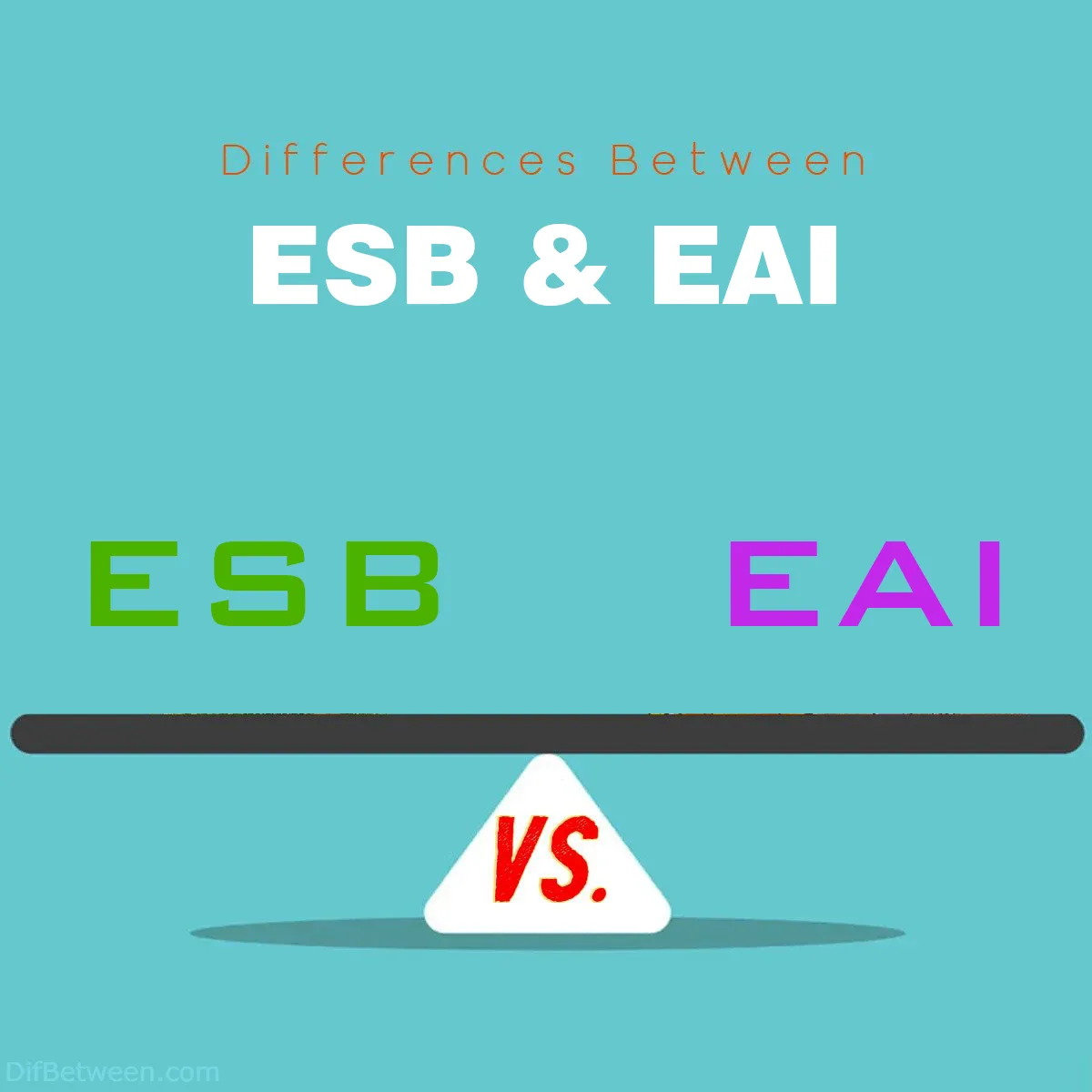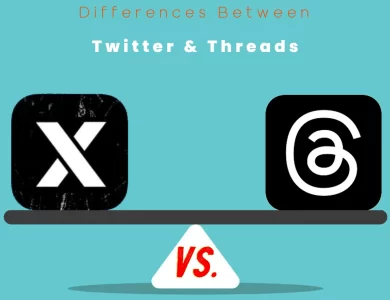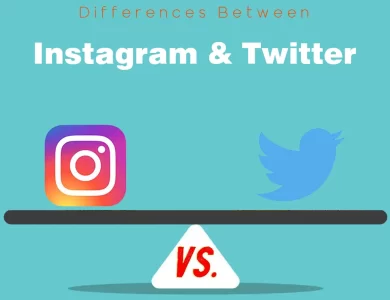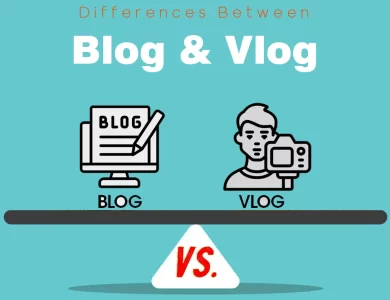
| Aspect | ESB | EAI |
|---|---|---|
| Scope of Integration | Focuses on application communication within an organization. | Encompasses a broader range of integration, including entire applications and systems. |
| Granularity of Integration | Operates at a finer granularity, handling individual messages and services. | Takes a coarser-grained approach, integrating entire applications or systems. |
| Message Transformation | Emphasizes message transformation and mediation capabilities. | Includes message transformation but as part of a broader integration strategy. |
| Communication Patterns | Supports real-time communication patterns like publish-subscribe and event-driven messaging. | Encompasses various communication patterns, including batch processing and file-based integration. |
| Flexibility and Agility | Highly flexible, capable of adapting to changing integration requirements. | May be less flexible and require more effort to adapt to changes due to complex business processes. |
| Use Cases | Commonly used in real-time integration scenarios, such as SOA, microservices, and IoT. | Well-suited for industries with established legacy systems and complex processes, like finance and healthcare. |
| Monitoring and Governance | Offers robust monitoring and governance capabilities, with real-time visibility into message flows. | May require customized monitoring solutions, with a focus on enforcing policies and compliance standards. |
| Scalability | Designed for horizontal scalability, easily accommodating a growing number of service interactions. | Scalability may require careful planning, especially for complex workflows. |
| Development and Implementation | Typically follows an agile and iterative development approach. | Often involves extensive analysis, design, and custom development efforts. |
| Cost Considerations | Costs can vary depending on factors like vendor choice, scalability, and complexity. | May involve higher upfront costs due to the comprehensive nature of integration efforts. |
| Technology Stack | Leverages lightweight messaging protocols and RESTful APIs, aligning with modern architectures. | Works with a broader range of technologies, including legacy systems and proprietary protocols. |
| Data Integration | Primarily focuses on structured data exchange between services. | Involves extensive data integration efforts, including unstructured data and batch processing. |
In the world of enterprise architecture, two common terms often pop up – ESB (Enterprise Service Bus) and EAI (Enterprise Application Integration). These are both essential tools in the realm of system integration, but they have distinct roles and functionalities. Let’s embark on a journey to explore the key differences between ESB and EAI.
Differences Between ESB and EAI
The main differences between ESB (Enterprise Service Bus) and EAI (Enterprise Application Integration) lie in their scope and approach to system integration. ESB primarily focuses on real-time, fine-grained communication within an organization, excelling in message transformation, agility, and supporting modern, event-driven architectures like microservices. In contrast, EAI takes a broader view, encompassing entire applications and complex business processes, making it ideal for industries with legacy systems and intricate integration needs. While ESB is agile and adaptable, EAI offers a comprehensive, holistic approach to integration, catering to a diverse range of data types and communication patterns. The choice between ESB and EAI depends on an organization’s specific integration requirements and existing technology landscape.
Scope of Integration
ESB: ESB primarily focuses on facilitating communication between applications and services within an organization. It excels at message routing, transformation, and orchestration. ESB is well-suited for scenarios where real-time communication and event-driven integration are crucial. It often operates at a finer granularity, handling individual messages and service invocations.
EAI: EAI, as the name suggests, covers a broader spectrum of integration. It encompasses not only message-based integration but also process and data-level integration. EAI deals with the overall architecture and strategy for integrating various systems, including legacy applications, databases, and cloud services. It often involves long-running business processes and workflows.
Granularity of Integration
ESB: ESB operates at a finer granularity. It is designed for handling individual messages and service interactions. ESBs are particularly adept at managing real-time, event-driven communication between applications. This fine-grained approach makes ESB well-suited for scenarios where quick, point-to-point interactions are essential, such as in service-oriented architectures (SOA).
EAI: EAI takes a coarser-grained approach to integration. It focuses on integrating entire applications or systems rather than individual messages. EAI is concerned with the flow of data and processes across the enterprise, often involving complex business logic. This makes it suitable for scenarios where long-running, end-to-end processes need to be orchestrated.
Message Transformation
ESB: ESB places a strong emphasis on message transformation. It can mediate and transform messages between different formats, protocols, and data structures. This capability is crucial for ensuring that various applications can communicate effectively despite differences in their data representations.
EAI: EAI also includes message transformation as part of its toolkit. However, in EAI, message transformation is often just one aspect of a broader integration strategy. EAI solutions may need to perform more complex transformations to align with the overall business processes.
Communication Patterns
ESB: ESB excels at supporting real-time communication patterns, such as publish-subscribe, request-reply, and event-driven messaging. It is well-suited for scenarios where applications need to exchange data and trigger actions in response to events or messages.
EAI: EAI encompasses various communication patterns, including batch processing, file-based integration, and synchronous request-response. It caters to a wide range of integration needs, from near real-time interactions to scheduled data exchanges.
Flexibility and Agility
ESB: ESBs are known for their flexibility in adapting to changing integration requirements. They are designed to handle evolving service endpoints and message formats. ESBs can quickly respond to new integration scenarios and are often used in dynamic, service-oriented architectures.
EAI: EAI solutions tend to be more rigid and may require significant effort to adapt to changing integration needs. Since EAI often involves deeply entrenched systems and complex business processes, making modifications can be a lengthy and challenging process.
Use Cases
ESB: ESB is commonly used in scenarios where real-time integration and event-driven communication are critical. Typical use cases include service-oriented architectures (SOA), microservices, and IoT (Internet of Things) applications. ESBs excel at connecting modern, agile systems.
EAI: EAI is well-suited for industries and organizations with established legacy systems and complex business processes. It is often employed in industries such as finance, healthcare, and manufacturing, where integrating a diverse range of systems is essential for operations.
Example Scenario
Let’s illustrate the differences between ESB and EAI with a real-world example:
Scenario: A healthcare organization wants to integrate its patient management system (PMS) with its electronic health record (EHR) system.
ESB Approach:
- The ESB facilitates real-time communication between the PMS and EHR systems.
- When a new patient record is created in the PMS, the ESB ensures that relevant data is immediately synchronized with the EHR.
- The ESB handles message transformation to ensure that data is formatted correctly for both systems.
- If there are any updates or changes, they are propagated in real time to maintain data consistency.
EAI Approach:
- EAI takes a holistic view of the integration process, considering not only the PMS and EHR but also other systems like billing and lab results.
- It designs a comprehensive integration strategy that encompasses data synchronization, business processes, and data transformation.
- EAI may involve batch processing to consolidate data from various systems and perform complex transformations.
- The integration may also include long-running processes, such as patient admissions or billing cycles, which EAI orchestrates.
In this example, the ESB provides a lightweight, real-time solution for immediate data synchronization, while EAI offers a more comprehensive approach that considers the entire healthcare ecosystem.
Monitoring and Governance
ESB: ESBs typically offer robust monitoring and governance capabilities. They provide real-time visibility into message flows, making it easier to track and manage the interactions between services. This visibility is crucial for ensuring the reliability and performance of integrated systems. ESBs often include features like message logging, auditing, and error handling, which aid in troubleshooting and maintaining integration solutions.
EAI: EAI solutions may not always offer the same level of built-in monitoring and governance. Since EAI often deals with long-running processes and batch-oriented integration, monitoring tools may need to be customized to track the progress of complex workflows. Governance in EAI may involve enforcing policies and compliance standards across the entire integration landscape.
Scalability
ESB: ESBs are designed for horizontal scalability. They can easily handle an increasing number of service interactions by adding more nodes or instances to the ESB cluster. This makes ESB well-suited for scenarios where scalability and high availability are critical, such as in cloud-based microservices architectures.
EAI: EAI solutions may not be as inherently scalable as ESBs. Since they often involve complex business logic and orchestration, scaling EAI systems may require more intricate planning and architectural considerations. In some cases, organizations may opt for a combination of EAI and ESB to achieve both scalability and comprehensive integration.
Development and Implementation
ESB: Developing solutions with ESBs often follows a more agile and iterative approach. ESBs are well-suited for incremental development, allowing organizations to quickly adapt to changing integration requirements. Developers working with ESBs often focus on defining message formats, creating service contracts, and configuring routing rules.
EAI: EAI implementations can be more extensive and time-consuming. They often involve a thorough analysis of existing systems and business processes, followed by the design of comprehensive integration strategies. EAI projects may require custom development efforts to build connectors and adaptors for legacy systems, making them longer-term endeavors.
Cost Considerations
ESB: ESB solutions can vary in cost depending on factors like the chosen vendor, scalability requirements, and the complexity of integration scenarios. Smaller organizations or those with limited integration needs may find ESB solutions cost-effective due to their agility and adaptability.
EAI: EAI implementations tend to be more resource-intensive and may involve higher upfront costs. These costs can be attributed to the extensive planning, custom development, and potentially complex transformations required to integrate legacy systems. However, for larger enterprises with intricate integration requirements, the long-term benefits of EAI may outweigh the initial investment.
Technology Stack
ESB: ESBs often leverage lightweight messaging protocols and RESTful APIs for real-time communication. They are well-aligned with modern, cloud-native architectures and microservices. ESBs may use technologies like Apache Camel, Apache ServiceMix, or commercial offerings like MuleSoft and WSO2.
EAI: EAI solutions may need to work with a broader range of technologies, including older, legacy systems that use proprietary protocols or databases. EAI solutions often require custom connectors and adaptors to bridge the gap between these diverse technologies. As a result, EAI projects may involve a more heterogeneous technology stack.
Data Integration
ESB: ESBs primarily focus on message-based integration, making them adept at handling structured data exchange between services. They excel at real-time data synchronization and transformation.
EAI: EAI goes beyond message-based integration and often involves more extensive data integration efforts. EAI solutions may need to handle unstructured data, batch processing, and data consolidation from various sources, including databases, file systems, and external services.
ESB Or EAI : Which One is Right Choose for You?
Choosing between ESB (Enterprise Service Bus) and EAI (Enterprise Application Integration) is a crucial decision that depends on your organization’s specific integration needs, existing systems, and long-term goals. To help you make the right choice, let’s consider some scenarios in which one approach may be more suitable than the other.
Choose ESB When:
- Real-time Communication is Vital: If your organization heavily relies on real-time communication and event-driven integration, an ESB is an excellent choice. It excels at handling rapid message exchange and orchestrating services in response to events.
- Microservices or SOA Architecture: ESBs align well with microservices architectures or service-oriented architectures (SOA). They can efficiently route messages between microservices or services, making them ideal for modern, agile systems.
- Message Transformation is Critical: When message transformation and mediation between different formats or protocols are a primary concern, ESBs offer robust capabilities in this area. They can seamlessly translate messages to ensure compatibility.
- Scalability is Required: ESBs are designed for horizontal scalability, making them suitable for organizations with scalability needs. You can easily add more nodes to handle increased service interactions.
- Flexibility and Agility are Essential: ESBs are known for their flexibility and adaptability. If you anticipate changes in your integration requirements and want a solution that can evolve with your organization, an ESB is a good fit.
Choose EAI When:
- Complex Business Processes Exist: If your organization has intricate and long-running business processes that span multiple applications and systems, EAI is a better choice. It focuses on holistic integration, considering the entire enterprise landscape.
- Legacy Systems are Predominant: EAI specializes in integrating legacy systems, proprietary databases, and older technologies. If your organization relies heavily on such systems, EAI can bridge the technology gap effectively.
- Data Integration is Extensive: When you need to handle various types of data, including unstructured data, batch processing, and data consolidation from diverse sources, EAI’s data integration capabilities shine.
- Comprehensive Monitoring and Governance are Needed: EAI implementations may require customized monitoring solutions, but they are well-suited for enforcing policies and compliance standards across a complex integration landscape.
- Upfront Investment is Acceptable: EAI projects may involve higher upfront costs due to the comprehensive nature of integration efforts. If your organization can commit to this investment for long-term benefits, EAI is a viable option.
Consider a Hybrid Approach When:
In some cases, a hybrid approach that combines elements of both ESB and EAI may be the best solution. For example:
- Mixed Environments: If your organization operates in a mixed environment with a combination of modern and legacy systems, you can use ESB for real-time interactions and EAI for comprehensive integration.
- Progressive Modernization: If you’re in the process of modernizing your IT landscape, you can start with an ESB for new, agile components and gradually introduce EAI to integrate with legacy systems as you migrate or replace them.
- Scalability and Complexity: When your organization has both scalability requirements and complex business processes, a hybrid approach can provide the necessary flexibility to address both aspects effectively.
Ultimately, the choice between ESB and EAI should align with your organization’s unique integration challenges and goals. It may also involve considering factors like budget, available resources, and the level of expertise within your IT team. By carefully evaluating your requirements and considering the strengths of each approach, you can make an informed decision that ensures seamless communication and data flow within your enterprise.
FAQs
An ESB, or Enterprise Service Bus, is a middleware component that facilitates communication and integration between different applications and services within an organization. It acts as a central hub for routing, transforming, and orchestrating messages and services.
EAI, or Enterprise Application Integration, is a broader concept that encompasses the entire process of connecting various applications and systems within an organization. While ESB focuses on real-time, fine-grained integration, EAI addresses comprehensive integration needs, including complex business processes and data consolidation.
ESB is a suitable choice when your organization requires real-time communication, agility, and message transformation. It’s well-suited for scenarios involving microservices, event-driven architectures, and modern applications.
EAI is a better choice when your organization deals with complex business processes, legacy systems, and a diverse range of data types. It excels in orchestrating end-to-end workflows and integrating older technologies.
Yes, a hybrid approach that combines elements of both ESB and EAI can be effective. This allows you to leverage the strengths of each approach based on specific integration scenarios and the diversity of your IT landscape.
ESB is often preferred in industries that require real-time data exchange and modern architectures, such as technology companies and IoT applications. EAI is commonly used in industries with legacy systems, like finance, healthcare, and manufacturing, where comprehensive integration is essential.
ESB solutions can vary in cost based on factors like vendor choice and scalability needs. EAI projects may involve higher upfront costs due to their comprehensive nature and the potential need for custom development efforts.
A successful transition involves careful planning, including assessing your current integration landscape, defining clear goals, and involving key stakeholders. Consider engaging experts in integration and conducting a thorough impact analysis before implementation.
Popular ESB solutions include MuleSoft, Apache Camel, and WSO2. For EAI, options include IBM Integration Bus, TIBCO BusinessWorks, and Oracle Integration Cloud.
ESBs are often preferred for cloud-based integration, especially in microservices architectures, due to their ability to handle real-time communication and event-driven scenarios. However, the choice depends on specific cloud integration requirements and the compatibility of the chosen ESB or EAI solution with cloud services.
Read More :






